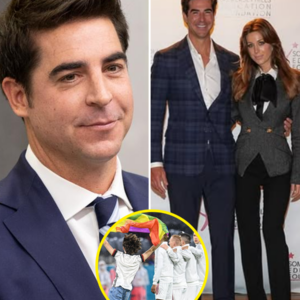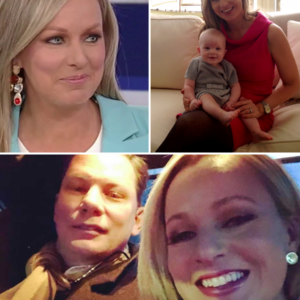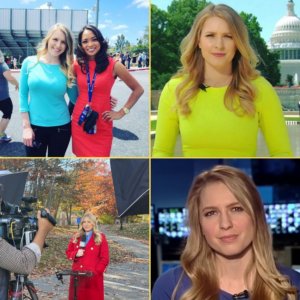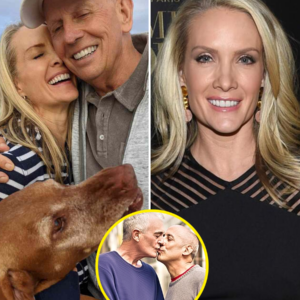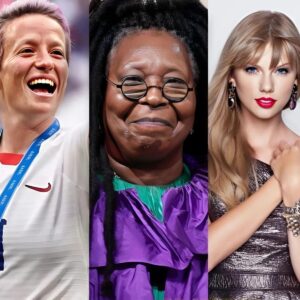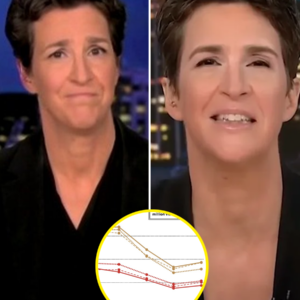Right as the season wrapped up, boom! The WNBA players have opted out of the current collective bargaining agreement (CBA), which means we could be looking at a potential work stoppage if they can’t come to terms with the owners. The current CBA is still in effect until October 31st, 2025, but it’s important to note that this upcoming season will be played under the existing deal. So, the league and the players have basically a year to negotiate a new agreement. If they don’t reach a deal by the end of the 2025 season, things could get serious.

On Monday, the players made a big announcement: they’re seeking a business model that truly reflects their value. They’re pushing for higher salaries, better working conditions, expanded health benefits, and more investments for the long-term growth of the league. Now, while that may sound like typical press release talk, we’re going to dive deeper into this situation because there are some real concerns about how realistic the players’ demands are.
Players like Sue Bird and Kelsey Plum have made some eyebrow-raising comments that make me wonder if they fully grasp the reality of their current position. With the WNBA finally seeing growth—thanks to stars like Caitlin Clark—there’s a real possibility that these demands could jeopardize the league’s future. The timing is interesting because, while the league has seen higher TV ratings and better attendance, opting out of the CBA could throw all of that progress into uncertainty.
The Players’ Perspective
WNBA Players Association President Nneka Ogwumike of the Seattle Storm said it best in the announcement: “The world has evolved since 2020, and we cannot afford to stand still. Opting out isn’t just about bigger paychecks; it’s about claiming our rightful share of the business we’ve built, improving working conditions, and securing a future where our success benefits today’s players and generations to come.”
That’s a powerful statement, but it’s also raising some red flags. If I were part of the WNBA, I’d be terrified. Because what she’s saying reflects a disconnect from the harsh economic realities. The truth is, the WNBA has been a financial loss for years—literally operating at a deficit, funded by NBA subsidies. Claims about a “rightful share of the business” are alarming when you consider that the business itself hasn’t been profitable.
The Reality Check
Let’s get real for a second: the WNBA has been losing millions annually, surviving largely due to financial support from the NBA. And as for a “rightful share,” the WNBA owes the NBA about half a billion dollars. This isn’t a league that’s been making money; it’s a charity case in many ways.
The WNBA is projected to lose around $40 million this season, despite improvements like higher TV ratings and charter flights. Investors, particularly from the NBA, are growing impatient. One NBA team executive said, “The WNBA owes the NBA so much, we won’t see any windfall for years, if ever.” The business model just isn’t there yet for players to be making the demands they are.
Even Kelsey Plum’s comments about wanting a “percentage of revenue share” like NBA players show a misunderstanding of basic economics. Yes, NBA players share in the revenue, but that’s because the NBA generates billions annually, whereas the WNBA’s revenue hovers around $200 million. You can’t demand a revenue share from a league that’s losing money!
Final Thoughts
So, what does this all mean? The WNBA players are making bold demands, but if they’re not careful, they could derail the progress the league has made in recent years. The disconnect between the players and the economic realities of the WNBA could be the biggest obstacle to a successful CBA negotiation. If the NBA stops subsidizing the WNBA, the league might not survive as we know it.
